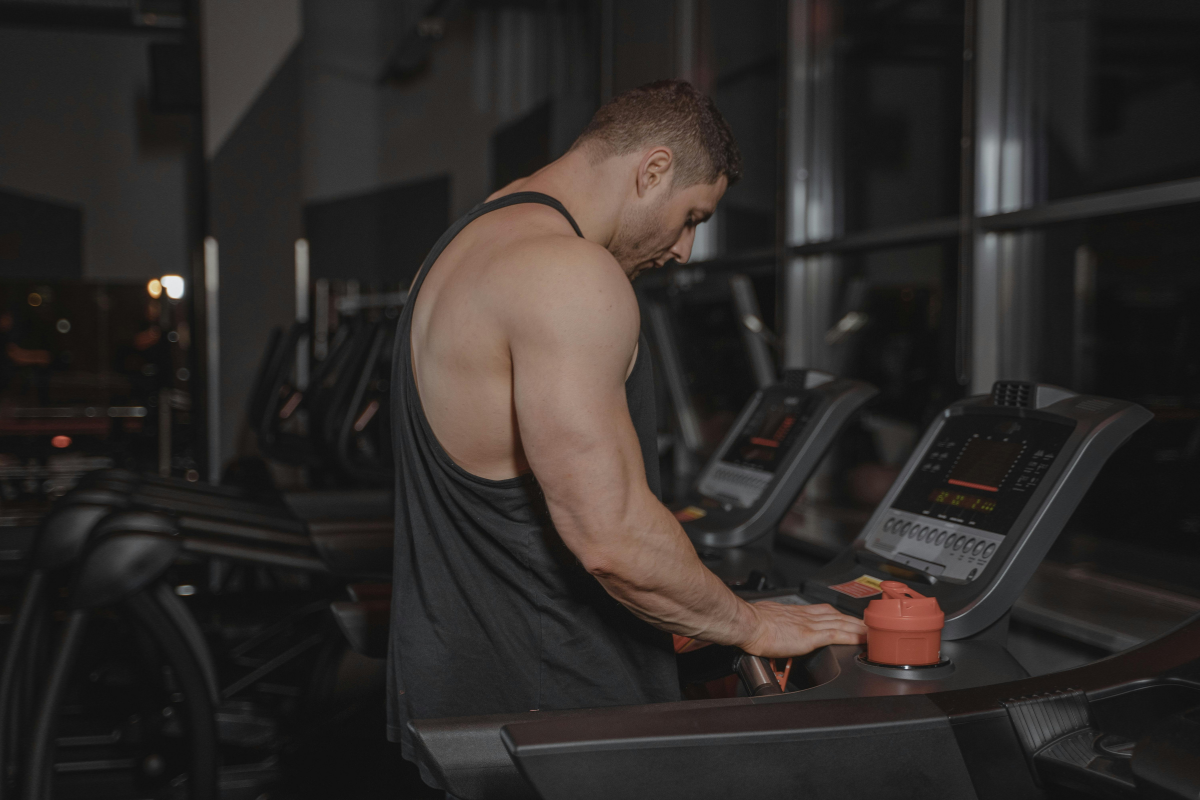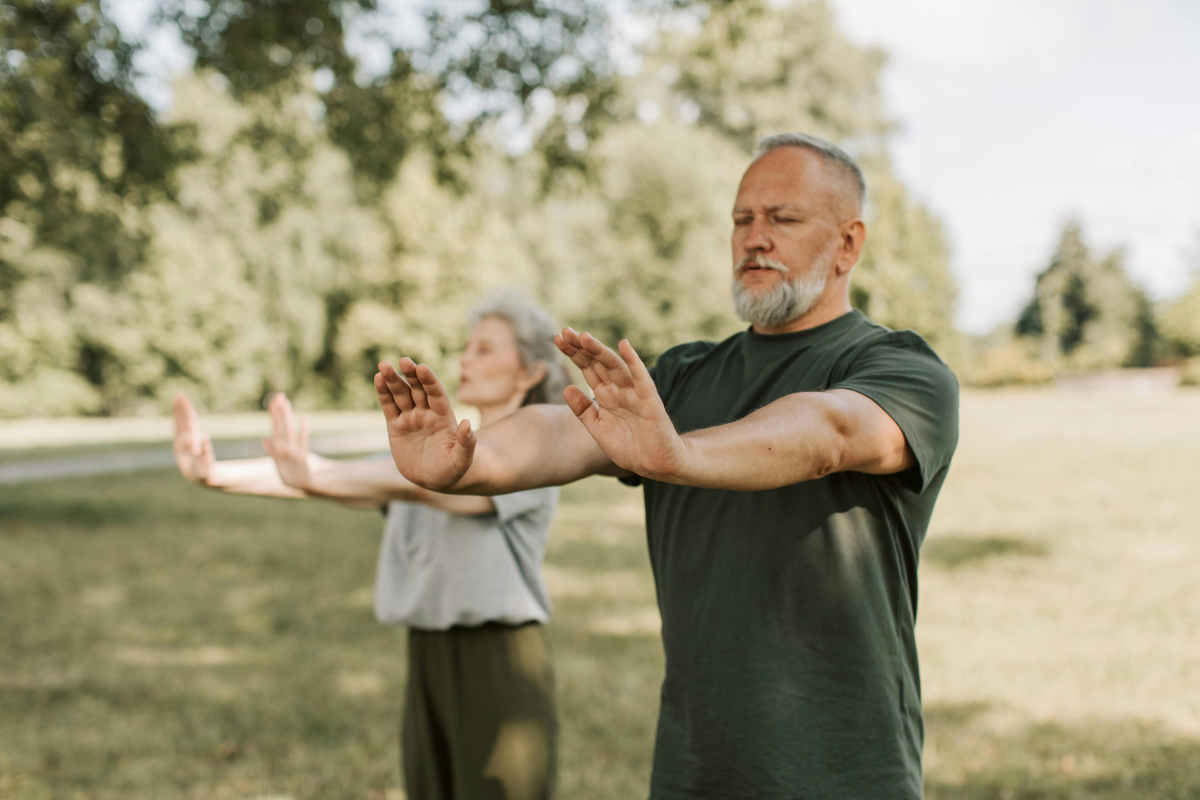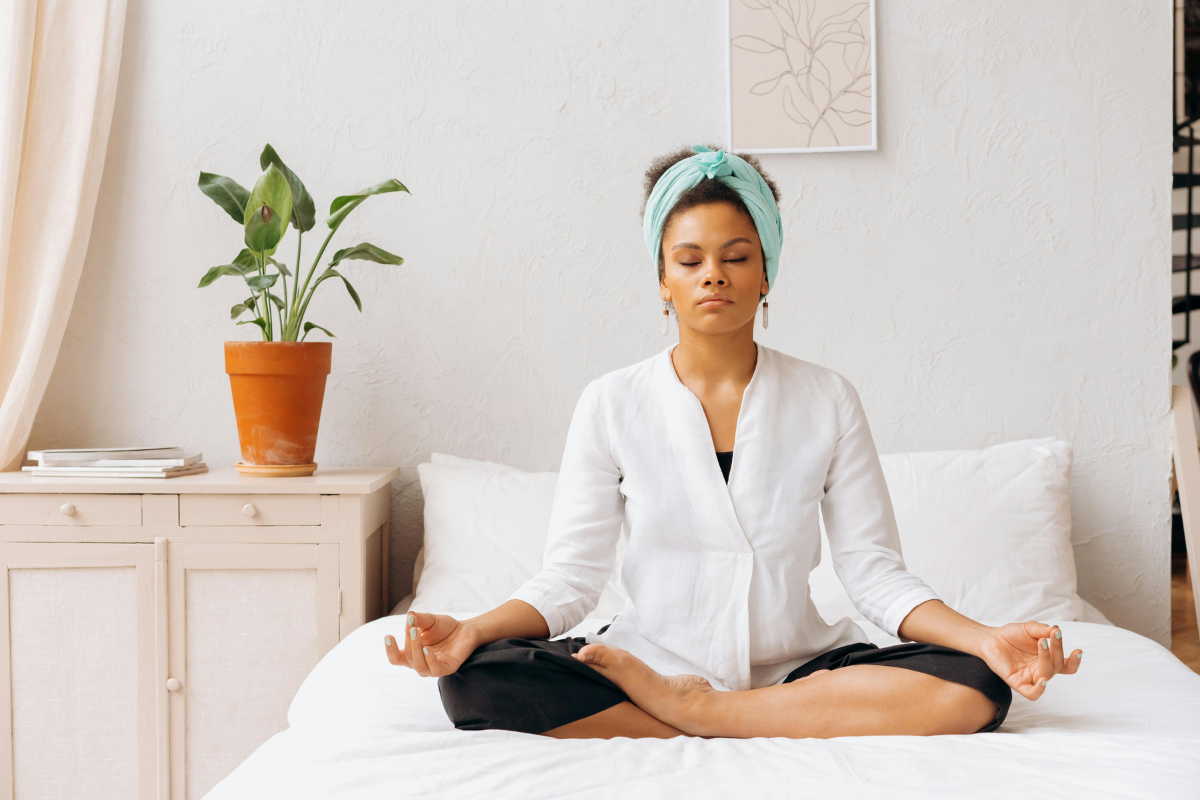
Exercise for Better Sleep: Finding the Right Workout and Timing for Your Body

Exercise for Better Sleep: Finding the Right Workout and Timing for Your Body
Exercise is among the most potent natural remedies for a fitful night. Regular exercise significantly improves our sleep patterns by helping us to fall asleep faster (shortening the amount of time it takes), increasing the length of time we sleep, and increasing the amount of “deep” restful slumber that we get. It does this by allowing the stress hormones, including cortisol, to drop and raising the body’s temperature, only to have it quickly fall, signaling to your body that it’s time to sleep. But reaping these rewards depends entirely on doing a workout that fits your body’s ideal workout type, and importantly, ideal workout timing.
The Right Workout: Intensity Matters
You don’t have to become a marathon runner to sleep well, but you need to push your body. Research demonstrates that medium to high intensity aerobic exercise offers the most benefit in enhancing sleep quality. This can mean anything that gets your heart rate up and makes you break a sweat.
- Aerobic Exercise (The Best Bet): Think walking, jogging, cycling, swimming, or dancing. Aim for 30 minutes of moderate intensity most days. This exercise can help stabilize mood and tire the body, bringing deeper sleep stages.
- Strength training: Weightlifting or resistance band use is also linked to better sleep. Strength training promotes optimal metabolism by increasing muscle mass and decreasing body fat — indirectly benefiting our sleep-wake cycle.
- Mind-Body Exercise: Routines such as yoga and Tai Chi are especially helpful for anyone whose sleep issues are stress- or anxiety-related. These practices blend gentle movement with intentional breathing and meditation, calming the nervous system and decluttering the mind in preparation for sleep.
- The key is consistency. A little goes further than a lot, every day of the week.
Life Cycle: When to Go, When to Slow
When you work out, it can be just as important as how hard you work. Exercise raises your heart rate and core body temperature, and activates your nervous system. However, doing so right before bedtime can be counterproductive and cause you to feel wired instead of tired.
- The Sweet Spot: Morning and Afternoon Most people have a “chronotype,” or time of day that they naturally fall asleep, Dr. Samuels said. For most people, the sweet spot is in the morning or late afternoon (at least 4 to 6 hours before bedtime). Working out in the morning can indoctrinate your circadian rhythm with light and movement early, increasing energy throughout the day and preparing you for rest when bedtime arrives.
- Gym Time Rule#1: The Cut-Off. If I’m honest, no heavy gaming is the best way. If you are trying to get a killer workout at the gym, be sure it is over 3 hours before bed! This is so your body temperature and heart rate will have time to cool down or lower. The decline of core body temperature after an exercise session is one of the most powerful physiological signals that sleep is approaching. And if you work out too late, you miss that cooling window.
- The Exception: Low-Intensity Movement: If you can only squeeze in a workout after dinner, choose lower-intensity movements. Gentle stretching, a restorative yoga practice, or light walking is usually OK shortly before bed. These movements aren’t going to get your heart rate up very high or warm you all that much, and they might be pretty effective at releasing any leftover physical tension.
Ultimately, the best time to exercise is when you can stick with it. Notice how it feels to exercise late; if you can’t sleep, move your workout earlier into the day. With a little Balance (the training intensity of your workout balanced with the clock), you can take full advantage of the powerful sleep-enhancing benefits of exercise.





















































